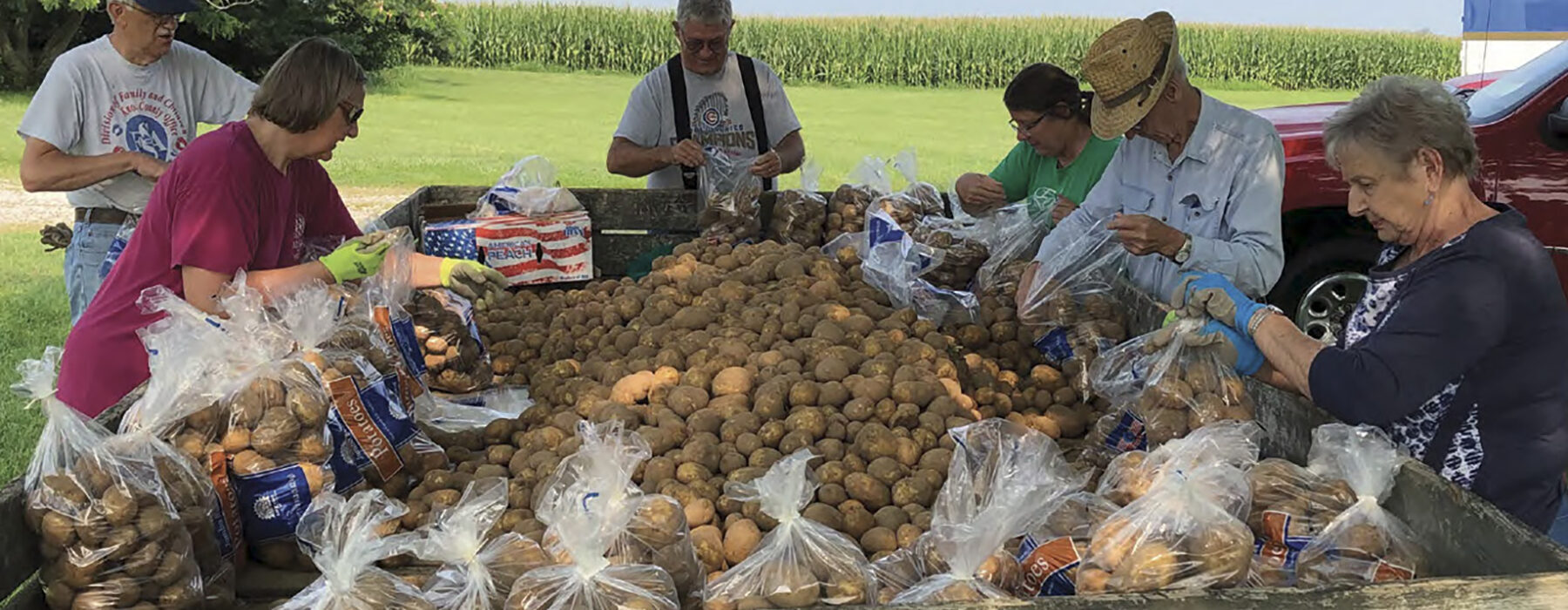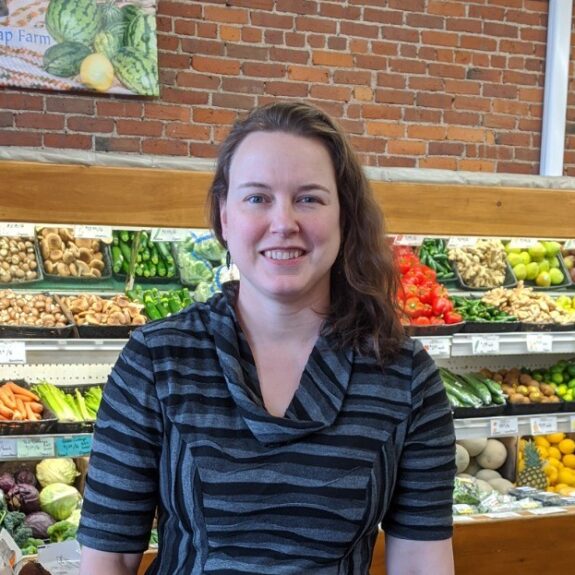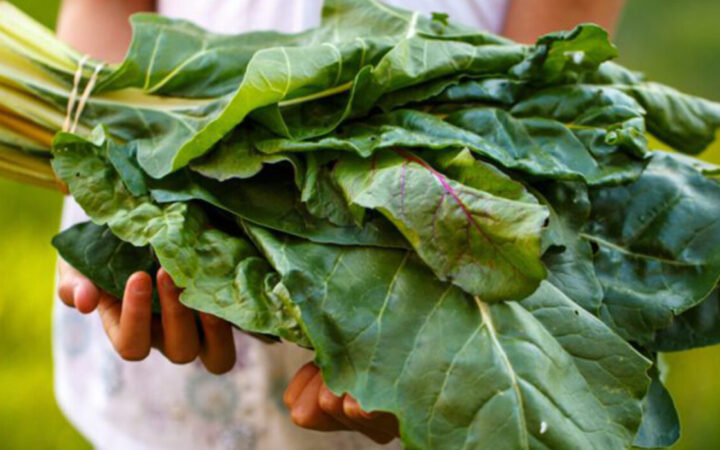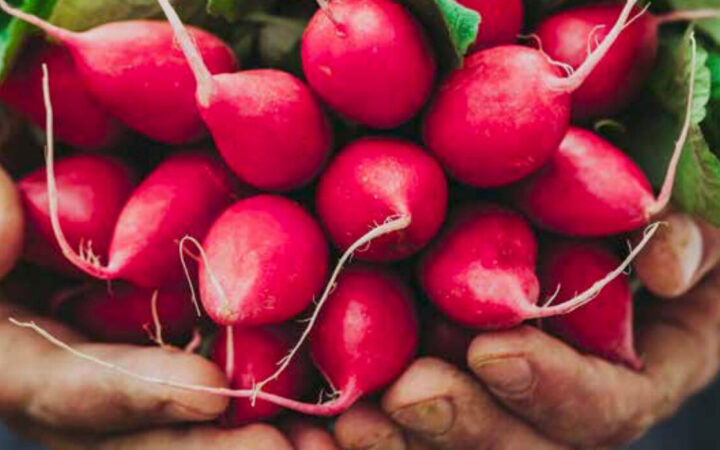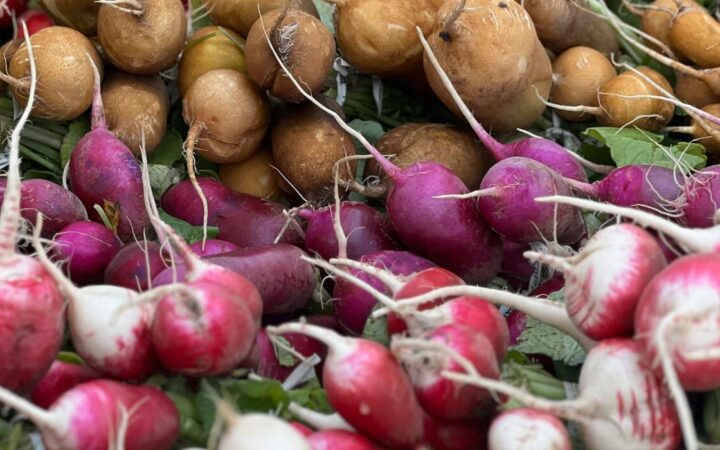This report gathers data from gleaning organizations across the U.S. to understand their strengths, struggles, and needs.
Introduction
Food insecurity and food waste are two interconnected issues that have become increasingly prevalent in our society. Grocery stores and distributors tend to value produce of high aesthetic value—think of uniformly perfect red apples, perfectly straight carrots, and totally unblemished tomatoes that most consumers prefer. To get those perfect looking pieces of produce, many others are rejected, usually never even harvested from the field due to minor aesthetic imperfections. It is estimated that more than 10 billion pounds of produce grown are never harvested. It is also estimated that one in seven people is currently experiencing food insecurity. Through this report, we discuss the potential benefits that gleaning may have on decreasing on-farm food waste, increasing food security, and strengthening our current food system overall.
Acknowledgements
This report is the work of the Association of Gleaning Organizations and its members with research, writing, and review support from the Center for Agriculture and Food Systems at Vermont Law and Graduate School—without their help this report would not have been possible.
This project is funded in part by the National Agricultural Library, Agricultural Research Service, U.S. Department of Agriculture. Additional funding for this report came from the Claneil Foundation.
Suggested Citation
Ass’n of Gleaning Orgs., 2020 Gleaning Census (2021), https://nationalgleaningproject.org/wp-content/uploads/2021/11/AGO-2020Census-rev3-web.pdf.
